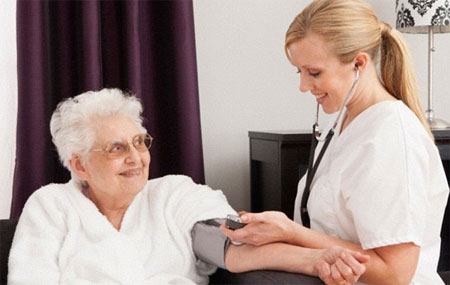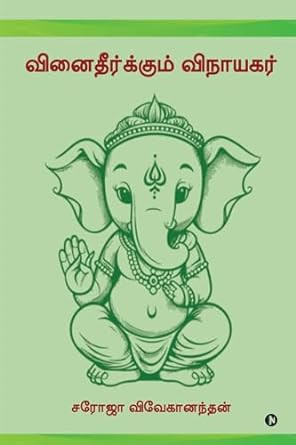No. of views : (8278)
Study finds healthiest blood pressure for older adults
Posted on: 29/May/2016 11:39:02 AM

A new study’s results may now help doctors understand what the healthiest blood pressure for older adults is. The study has found that in adults above age 75 who could walk without assistance, keeping the top blood pressure number below 120 millimetres of mercury (mmHg) led to significantly lower rates of cardiovascular events and deaths from any cause. The study was conducted by researchers at the Sticht Centre on Ageing at Wake Forest School of Medicine in Winston-Salem, North Carolina, and was published in the Journal of the American Medical Association.
Speaking about the study, the researchers said, We can reassure patients, especially from this study, that lowering blood pressure is safe. There were no more serious adverse events or falls among people on intensive blood pressure control versus those on standard control. This is really important news because there’s been a lot of news (about studies) using administrative databases and self report that has indicated to older people that it’s dangerous to treat blood pressure; you might fall more. This is the most rigorous scientific study to ever look at that and it shows that that’s really not true. That’s actually been found the case in other blood pressure studies but not to this level of detail.
Data based on 2636 adults were analysed. They had high blood pressure in the Systolic Blood Pressure Intervention Trial who were 75 or older. 1317 patients were randomly assigned to have their systolic blood pressure brought down with medication until it was 120 mmHG. The other 1319, they tried to achieve a target systolic blood pressure of 140 mmHg.
Over the next three years, on average, the group with the lower blood pressure target had significantly fewer cardiovascular events and fewer deaths. Say the researchers, The study had a fairly representative sample of older people who would typically come to their doctor’s office, not living in a nursing home or assisted living. The results apply to a broad spectrum of people, and it only required one additional medication on average to achieve this result. It’s relatively practical, 90 percent of the medications used were generic. There’s so much hypertension in older people we almost begin to see it as normal. It can lull us to think this is not practical, he added.
The study shows that a lot of people are eligible to have better blood pressure. This study very carefully measured blood pressure and did it three times in the office without the doctor present to avoid white coat hypertension, but also to avoid what often happens in a doctor’s office: the patient runs in from the parking lot flustered to take the blood pressure and it might be high. Health systems will need to make more accommodation for more accurate assessment of patients, especially in the area of blood pressure. It’s very important now to begin to look at how electronic medical records and value-based care models can incentivise the health care system to implement this.
A leading professor of the Boston University School of Medicine wrote about the study. He said, Bringing systolic blood pressure down below 130 mmHg in older patients may be challenging for clinicians, because doing so could require use of additional medications, more careful monitoring, and more frequent clinic visits. Nevertheless, the important results reported b by Williamson et al in this issue of JAMA cannot be discounted, and unless unexpected adverse effects are observed on further examination of the trial data, then major changes in treatment goals for patients 75 years or older with hypertension will be warranted.
For more inquiries please contact:








